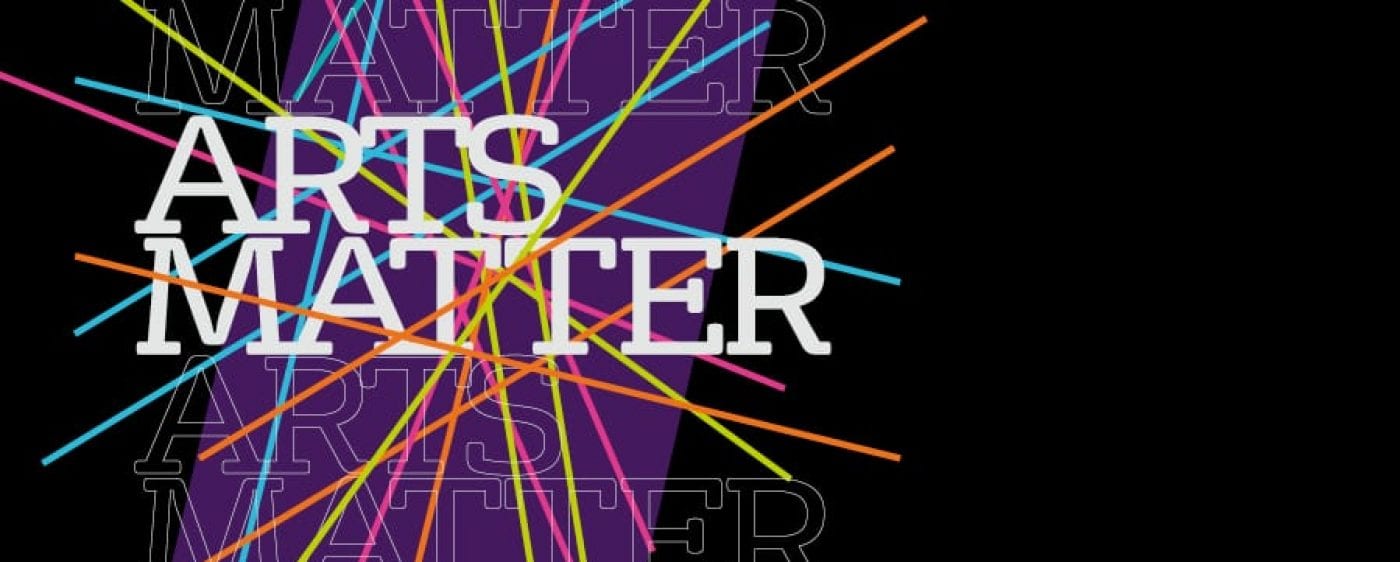It seems we can’t find what you’re looking for. Perhaps searching can help.

The arts are an intrinsic part of what it means to be human – they're threaded through everything we do and everything we are.

The arts are an intrinsic part of what it means to be human – they're threaded through everything we do and everything we are.
It seems we can’t find what you’re looking for. Perhaps searching can help.